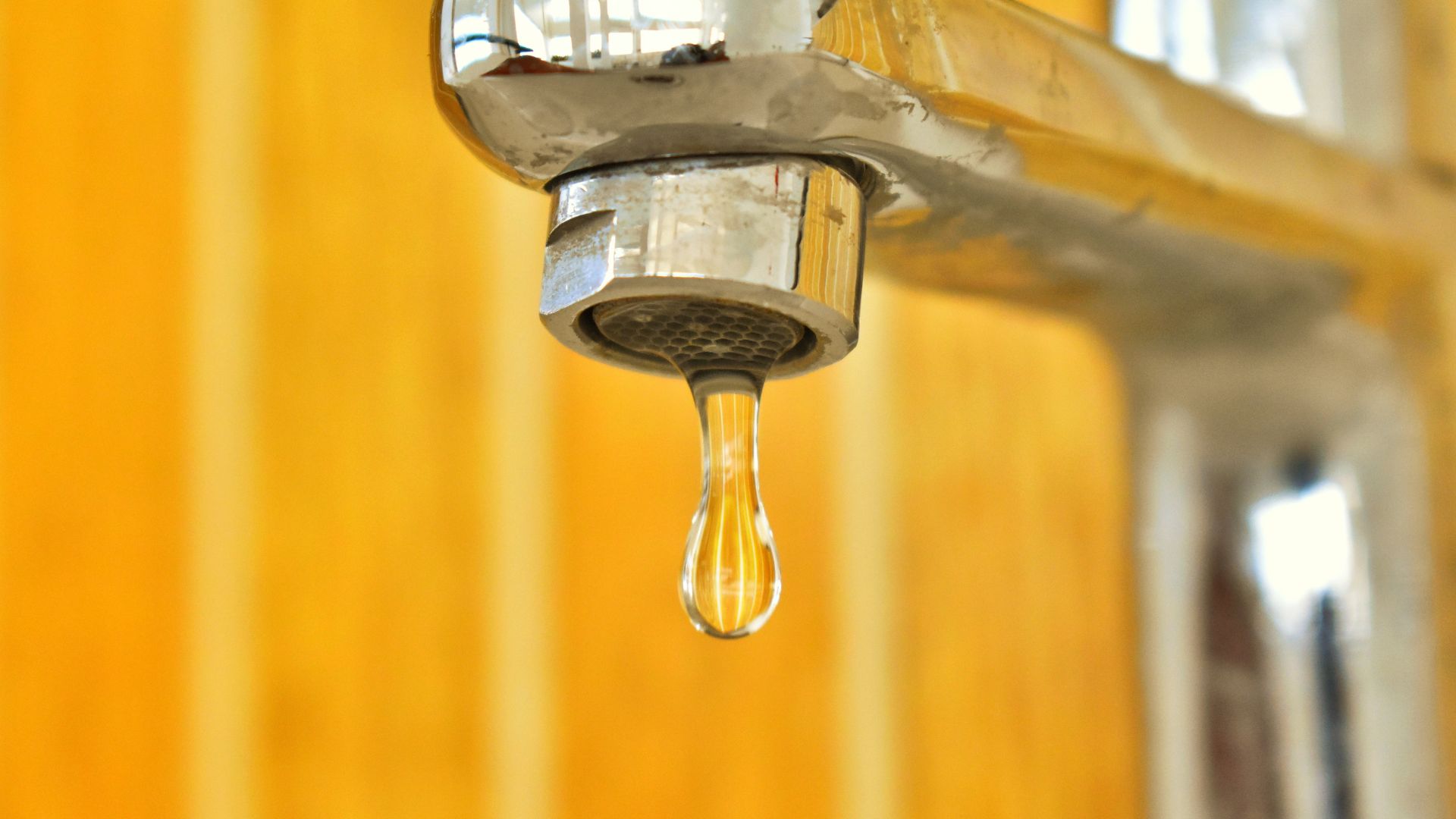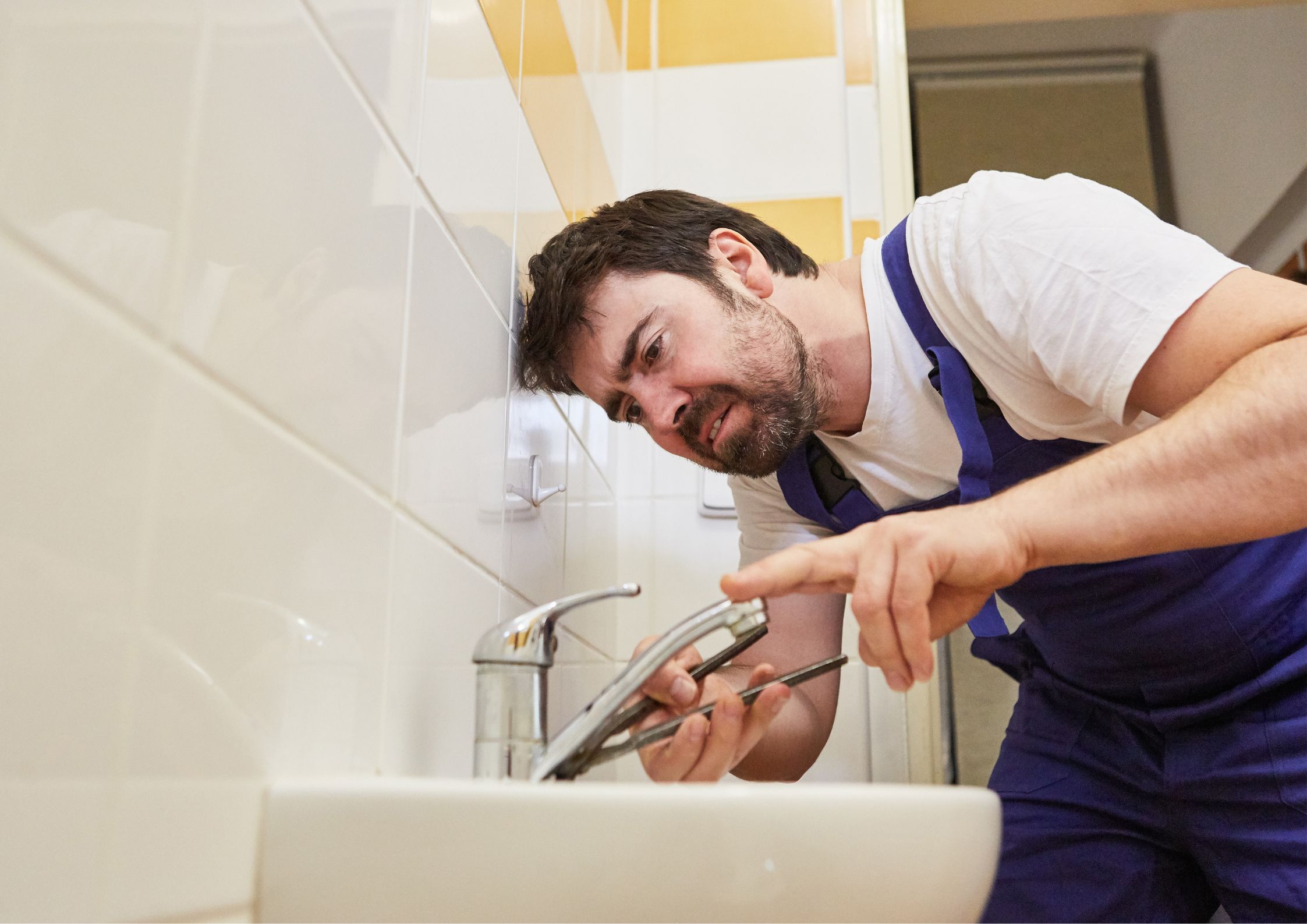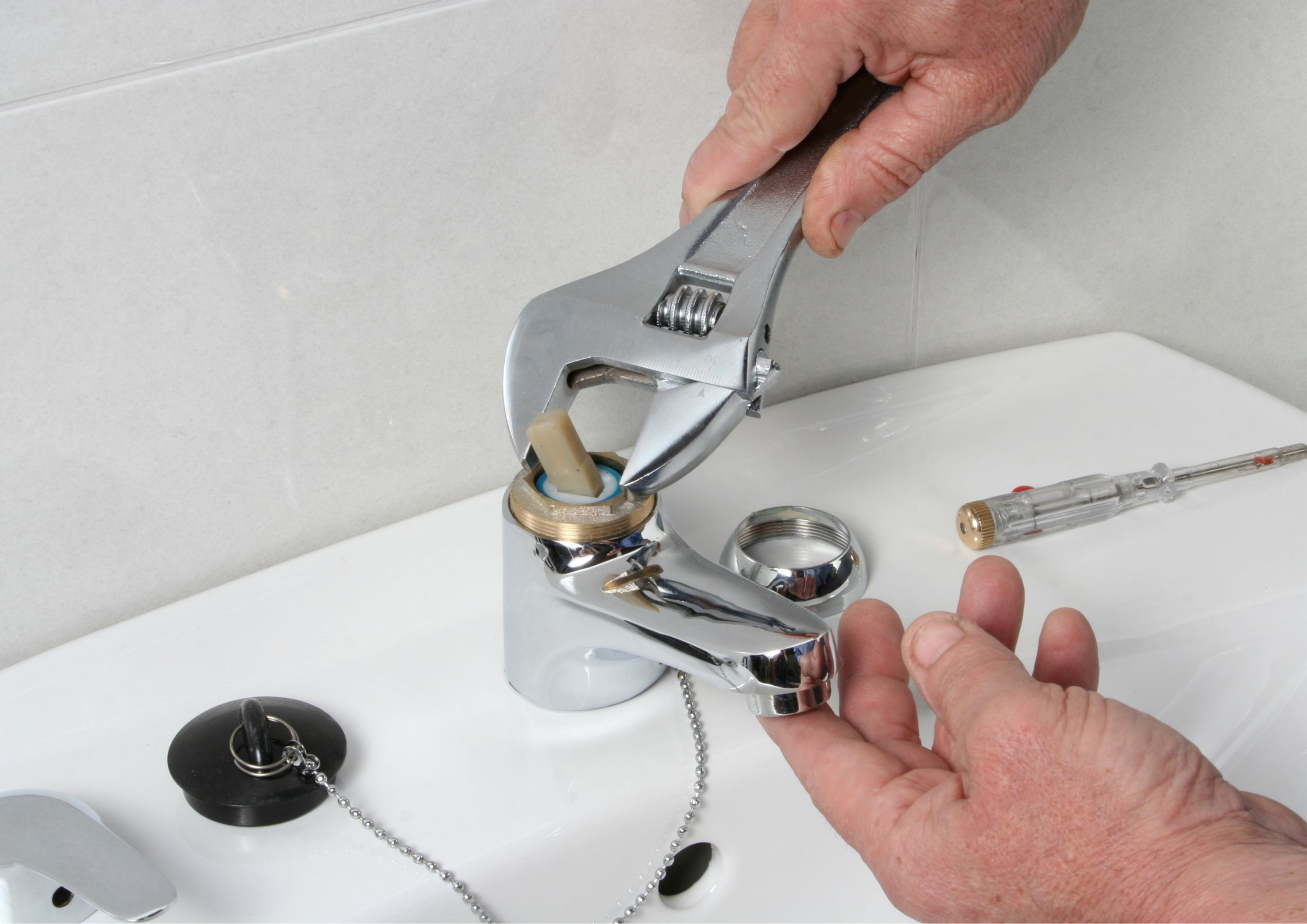Not every faucet problem means you need a brand-new fixture. In many cases, a simple repair can restore your faucet’s function and extend its life. But sometimes replacement is the smarter, more cost-effective choice. Knowing the difference can save you time, money, and frustration.
In this guide, we’ll cover the signs that point toward repair vs. replacement and help you decide the best option for your home.
Why Knowing the Difference Matters
Your faucet is one of the most frequently used fixtures in your home. From daily handwashing to meal prep and cleaning, it gets a workout. A leaky or faulty faucet isn’t just an annoyance—it can waste water, increase your utility bill, and even cause water damage over time.
By understanding when to repair and when to replace, you’ll:
- Avoid unnecessary spending on new fixtures
- Catch small problems before they turn into major ones
- Keep your kitchen or bathroom looking and functioning its best
When Faucet Repair Makes Sense
If your faucet is still in good condition, a repair can often solve the problem quickly. Here are some situations where repair is usually the smarter move:
1. The Faucet Is Relatively New
If your faucet is under seven years old, it’s typically worth fixing. Most modern faucets are designed to last well over a decade, so replacing a newer one may be premature.
2. Issues Are Limited to Small Parts
Common repairable problems include:
- A worn washer causing a drip
- A clogged aerator reducing water pressure
- A faulty cartridge affecting water temperature
These parts are inexpensive and can often be replaced without professional tools.
3. The Finish Still Looks Good
If the faucet body is free from scratches, rust, or fading, a repair can extend its life without compromising style.
👉 Learn more about faucet replacement options if your finish is showing signs of wear.
When Faucet Replacement Is Smarter
Sometimes, fixing the faucet isn’t worth the hassle. If the problems are bigger than small parts, replacement may save you more in the long run.
1. The Faucet Is Over 10 Years Old
Faucets naturally wear out with time. After a decade or more, internal parts can corrode, seals may weaken, and performance often declines. Installing a new faucet brings efficiency, reliability, and a fresh look.
2. Severe Corrosion or Mineral Buildup
If you see rust, greenish deposits, or white chalky buildup around the spout or handles, that’s a sign the faucet has deteriorated beyond repair. These issues affect both appearance and function.
3. Multiple Repairs Haven’t Solved the Problem
If you’ve already replaced washers, cartridges, or aerators but the faucet still leaks or drips, the issue may be deeper inside the fixture. At this point, a new faucet is usually the smarter investment.
4. You Want an Updated Style or Finish
Sometimes replacement isn’t about necessity—it’s about aesthetics. A sleek new faucet can instantly update your kitchen or bathroom and align better with your design goals.
For ideas and guidance, check out our detailed faucet replacement guide.
Repair vs. Replacement: Quick Comparison
Here’s a simple breakdown to help you decide at a glance:
Repair If:
- Faucet is under 7 years old
- Issues are minor (washers, cartridges, aerators)
- Finish is in good shape
Replace If:
- Faucet is 10+ years old
- Corrosion or buildup is severe
- Multiple repairs have failed
- You want a new look or finish
The Hidden Costs of Ignoring Faucet Problems
It may be tempting to live with a leaky faucet, but the costs add up.
- Water waste: A single dripping faucet can waste over 3,000 gallons a year.
- Higher bills: Wasted water shows up on your utility statement.
- Damage risk: Persistent leaks can cause stains, mold, or even structural damage.
By addressing the issue promptly—whether through repair or replacement—you protect both your wallet and your home.
How a Professional Plumber Can Help
Sometimes, the decision isn’t clear-cut. That’s where a professional plumber comes in. They can:
- Diagnose the exact cause of the issue
- Advise whether a repair is worth attempting
- Recommend faucet models if replacement is the best option
- Perform the work efficiently, saving you time and stress
If you’re weighing repair vs. replacement, it’s wise to get expert advice before making your final decision.
👉 Need help right away? Contact Speedy Plumbers Long Beach to schedule a service visit.
Faucet Maintenance Tips to Extend Lifespan
Whether you choose to repair or replace, regular maintenance will help your faucet last longer. Here are a few quick tips:
- Clean aerators regularly to prevent clogs and mineral buildup.
- Wipe down the finish with a soft cloth—avoid harsh cleaners that damage coatings.
- Check for leaks under the sink occasionally to catch issues early.
- Turn handles gently—forcing them can wear out internal parts faster.
Final Thoughts
Deciding between repairing and replacing your faucet doesn’t have to be overwhelming. Use this guide to evaluate your situation:
- If your faucet is younger, in good shape, and has minor issues, a repair makes sense.
- If it’s older, corroded, or repeatedly failing, replacement is the better route.
Still not sure? Professional input can give you peace of mind and ensure you choose the most cost-effective option.
👉 Explore more helpful tips in our faucet problem guide.
And when you’re ready for hands-on help, don’t hesitate to contact our Long Beach plumbing team.



